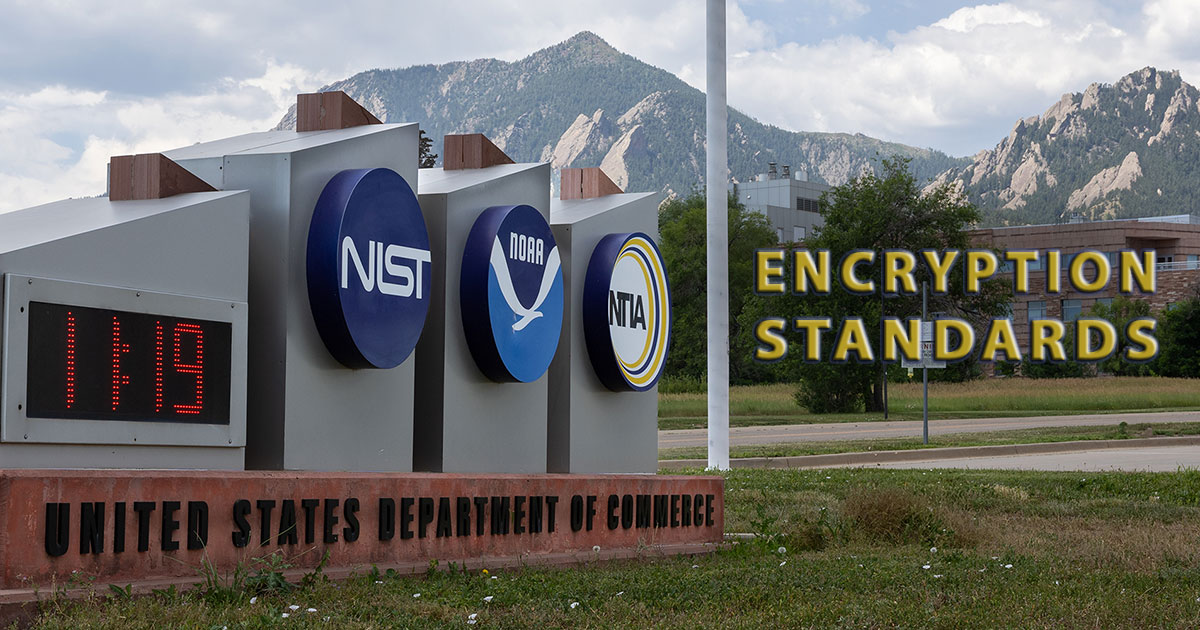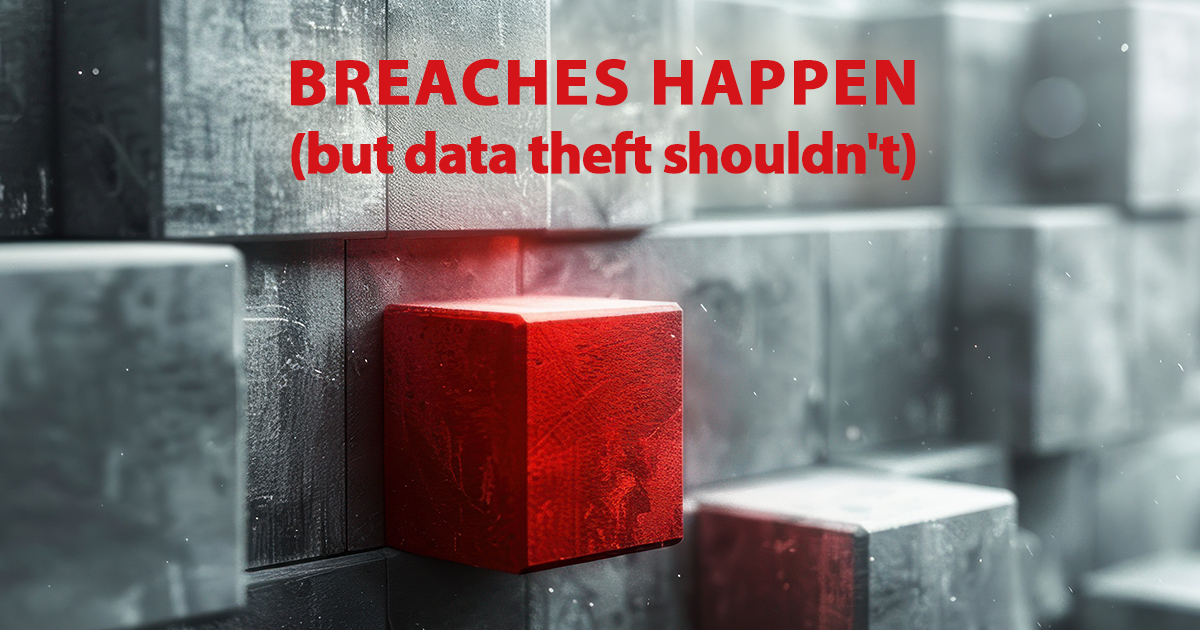The Rapid Evolution of Bank-Grade SaaS Security
Why Financial Institutions Are Demanding More Than SOC2 From Their SaaS Vendors
Demand for advanced encryption (and any advanced security) tends to rise and fall with the news cycle. Headlines about breaches and audit findings often dictate priorities inside security organizations. While security teams and leaders may want to focus on what they know to be most important, board members and executives inevitably shift urgency toward whatever the latest report or external event highlights.
This reactive pattern is understandable but dangerous. It often diverts attention from deeper, systemic protections that could prevent future crises altogether.
Why Application-Layer Encryption Is So Important
Application-layer encryption (ALE) remains, in my view, the single most important defense against data breaches. If you’re not familiar with the concept, the abbreviated explanation is that we’re talking about encrypting sensitive data before it’s sent to a database or filesystem (with encryption happening inside the app) rather than relying on database or file encryption.
Here’s why this is important: every software stack contains vulnerabilities, some of which are known and others that are not yet discovered. And even if there were no software vulnerabilities, there are still people. Measures like two-factor authentication can only go so far, since session cookies and OAuth tokens bypass login protections.
The rise of AI-driven phishing makes credential theft even harder to stop. Better training, hardware security keys, and the latest suspicious login detection can help, but none of these eliminate the fundamental risk of a breach.
First level breaches where vulnerabilities are exploited or logins are compromised are essentially inevitable. But with ALE, a breach of a server or service doesn’t have to mean a breach of sensitive data. ALE is the difference between a quiet, internally managed incident and a public crisis involving lawyers, regulators, and angry customers.
But I’ve said all this before.
Shifts in the Financial Sector
A notable trend we’re seeing, especially in financial services, is a renewed push away from SaaS toward on-prem-style solutions. JP Morgan CISO Patrick Opet’s open letter to third-party suppliers, which followed a data breach reported in late 2024, has accelerated this movement.
It may take a year or more before before we see statistics on how large this push becomes, but early signals show banks and other large enterprises placing new pressure on SaaS vendors to deliver stronger data protections or risk being replaced.
What “Advanced Encryption” Means in SaaS
In practice, advanced data protection in SaaS often means ALE combined with hold-your-own-key patterns (sometimes called HYOK, BYOK, CMK, or other acronyms). The core idea: customers manage their own encryption keys, which protect their sensitive data directly or indirectly.
This model offers several benefits:
- Virtual data isolation: Per-customer keys reduce the risk of cross-tenant data exposure.
- Control over lifecycle: If a customer leaves a service, revoking their key renders old data inaccessible even in backups.
- Incident response: If a SaaS vendor suffers a breach, a customer can quickly cut off access to minimize harm.
- Auditability: Customer-controlled keys often come with logs, enabling detection of anomalies and potential breaches.
- Security: Data that’s kept encrypted through most of its lifecycle is inherently more secure and less likely to be breached.
For example, a recent lawsuit targeting BofA, JPMorgan, and Finastra claims a treasure trove of unencrypted customer data including names, social security numbers, dates of birth, and bank account numbers was stolen, which subsequently led to identity theft and other financial harm. (The suit also claims that they hid the breach for nine months before finally disclosing.) Clearly that data should have been protected using advanced encryption so that hackers accessing those files would not have been able to read the contents.
For SaaS vendors, this is no longer a “nice to have.” If you’re trying to sell into the financial sector or move upmarket, you need a credible HYOK offering in addition to standard certifications like SOC2.
Building for Trust
Companies aiming to differentiate on trust should invest in encryption not just as a compliance checkbox but as a core feature of their platform. That means finding ways to use ALE data while keeping it encrypted as much as possible and still preserving performance and scalability.
This is where the SaaS Shield platform comes in. It simplifies the complexity of BYOK/HYOK and other ALE data protection patterns. It makes adding advanced encryption functionality easy, scalable, secure, and performant so that large customers can trust SaaS vendors with their data, keep control over their data, and keep visibility into its use.
Conclusion
Security priorities will always be influenced by headlines and audit reports, but organizations that only react to the latest crisis miss the bigger picture. Breaches are inevitable; data theft doesn’t have to be. Application-layer encryption and hold-your-own-key strategies are not just technical enhancements, they are business imperatives for building resilience, protecting trust, and unlocking access to the most demanding customers.
If you’re building a SaaS product and want to win enterprise trust, reach out to IronCore. We’ve helped companies big and small develop these patterns for their financial services and security-conscious customers.




